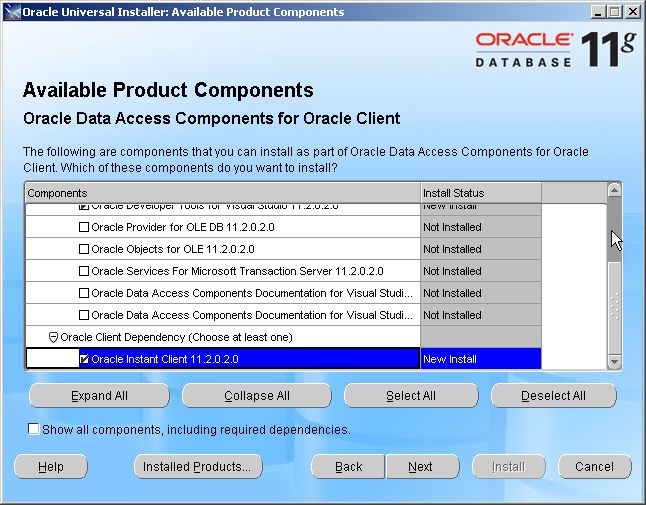
Shortening CustomCommand development time by using a proxy
One of the most time-consuming processes when developing with Hexagon G/Technology is creating custom commands. The usual development approach consists of the following iterative process: During testing,…
Debugging G/Technology 10.2 with Visual Studio
In an earlier post Stephan mentions that it was not possible to debug G/Technology 10.2 in “edit and continue” mode. You could only attach Visual Studio to the G3E.exe…
Debugging Netviewer serverside pages
If you need to build server side pages in Netviewer, changes are likely that you want to debug them. First thing to do is to change the…

Debugging Oracle PL/SQL from Visual Studio
I use TOAD for my day-to-day Oracle development, but I find it’s debugging experience very poor compared to Visual Studio. Using ODP.Net version 11 you can use…